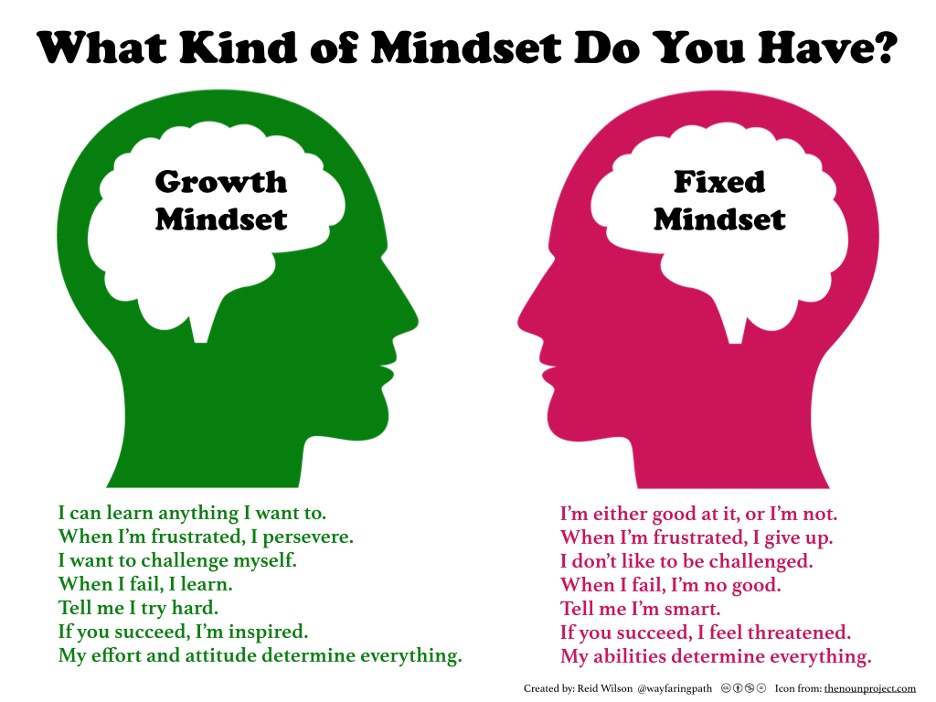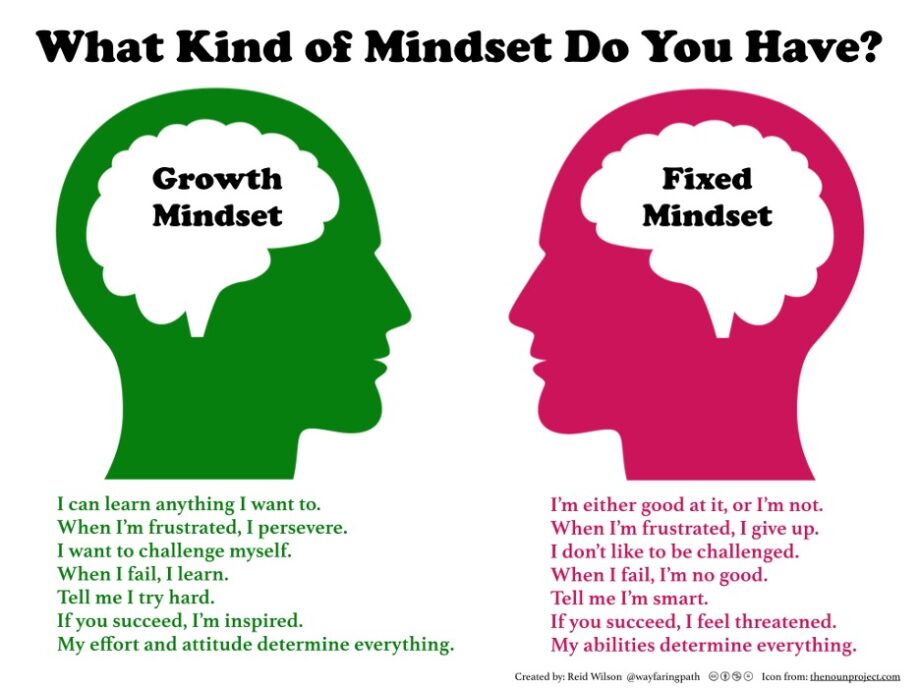It doesn’t matter whether your organization uses Scrum or Kanban, … What’s in a name? In this post, we talk about Scrum Masters, which also applies to team coaching in a more general sense.
There is a tendency where everyone seems to be calling themselves Scrum Masters lately; however not necessarily have the right experience, knowledge, and leadership skills to deal with complexity effectively. This often results in an invisible negative return on your investment.
Unfortunately, Scrum Masters are often associated with the bottom of the Agile coaching hierarchy. This is a detrimental mental model because a Scrum Master is a highly skilled and experienced profile with the necessary leadership skills to navigate a complex environment.
How do you know whether someone fits the Scrum Master role in your organization?
Scrum Master core competencies
A lot has been written already on what a Scrum Master is, so we will limit ourselves to the core competencies we look for @ iLean, when onboarding Agile team coaches, following a “hire for attitude, train skills later” approach. According to us, a Growth Mindset has one of the most significant roles to play in this context, as well as Systems Thinking and Empathy.
Trivia
“Hire for attitude, train skills later” is originally attributed to Southwest Airlines co-founder Herb Kelleher and was popularized in Simon Sinek’s Start with Why.
Growth mindset
Carol Dweck, a psychology professor at Stanford, made a significant impact with her book Mindset, published in 2006. It has sold more than 800,000 copies, and the concept of a growth mindset has permeated fields such as education and sports training. Individuals who believe their talents can be developed (through hard work, good strategies, and input from others) have a growth mindset. They tend to achieve more than those with a more fixed mindset (those who believe their talents are innate gifts); they believe that talent isn’t everything and that hard work and constant learning can make up for lack of talent. Furthermore, it is not black or white; everyone has a mix of both mindsets, which also evolve through time and experience. Often one of the 2 is dominant, and it also is very much context-dependent.

Natural-born Scrum Masters possess a growth mindset that serves them well in their team (and personal) growth. They have an infectious enthusiasm for team problems that motivate people to confront and fix them. It is a team growth mindset that spirals them into success. The day you don’t see any problems is when you lose your Scrum Master touch!
According to Dweck, employees in growth mindset companies are:
- likelier to perceive their team members as trustworthy,
- have a stronger sense of ownership, and
- feel a stronger commitment to the company
In contrast, Scrum Masters trapped in a fixed mindset tend to hold onto a single model or approach, leading to frustration and blaming of the team, management, or external factors. This creates an ironic situation, as relying solely on one method implies a sense of predictability and control, but isn’t an Agile way of work meant to handle VUCA (volatility, uncertainty, complexity, and ambiguity) environments?”
Systems Thinking
Instead of striving for local optimization, a systems thinker will also consider the longer-term effects and the consequences of all interactions on the different parts because he knows that a system is much more than the sum of its parts.
System Thinkers are also aware that they are part of the system and, therefore, part of the problem they wish to solve. Understanding how the system works by inquiring about different perspectives is essential in identifying levers to change that system.

The iceberg model is often used to introduce systems thinking in 4 layers. A sound systems thinker considers all layers, while most people get stuck in the event layer and remain in a reactive stance.
The iceberg makes us look at a system through different lenses and provides a way to talk about the pictures we each hold of what is happening in the system. It forces us to expand our horizons and not limit ourselves to looking at just a single activity or event, but to step back and identify the different patterns that that event is part of, the possible structures that might be causing it to occur, and finally, the thinking that is creating those structures.
How we think affects how we create structures, what structures we create, and how we eventually behave. By changing how we think, we change how we act and, therefore, can create the transformation we seek.
As an example, consider a recycling bin. Seeing someone throw a can in the bin is the event, and having more people throw cans in the same bin type is the pattern. A structure has been created to separate different kinds of trash for recycling. Without it, the patterns or events would not exist. The mental model is the thinking that recycling is essential for all ecological reasons. Thirty years ago, there was no recycling bin because we did not think about recycling.
As a second example, consider traffic lights that create the behavior that people stop when lights turn red. The mental model is that this creates order and safety on our roads and that we will probably be fined should we drive through a red light or that people will be mad at us. But this mental model is not universal; in Indonesia, the mental model is free for all, and people care less about the other drivers. Thus, copying a structure (traffic lights) in an environment with different mental models might backfire, and people will ignore it, which might cause more harm because of confusion, etc.
Empathy
What also differentiates a good Scrum Master from a great one? Their empathic ability! A scrum master must be a people person. After all, a person is also a system.
Empathy is paramount to the role of Scrum Masters because they need to be able to sense and manage human interactions. They must effectively deal with conflicts without judgment and help both sides see the others’ perceptions, acting as a mediator. They need to know which persons work well together and which combinations are more challenging.
People skills are hard to master, so in my experience, I would expect every agile coach or Scrum Master to have already acquired this skill before coaching.
Non Violent Communication is a great tool to understand better what empathy is and how you can learn to master it.
Conclusion
When onboarding a Scrum Master, consider the three core competencies Growth Mindset, Systems Thinking, and Empathy.
Ask yourself the question: ‘how can we develop the necessary Agile competencies in our organization?’ and take those eager to develop into Scrum Masters along a learning journey so they can develop the proper skill set.
Foster their growth, starting from an initial understanding, excitement, and foundational knowledge, and advancing to a deeper level of understanding. When seeking external support, partner with a trustworthy Agile partner to guide you through the journey.
References
- https://thesystemsthinker.com/introduction-to-systems-thinking
- https://www.academyforchange.org/2019/12/07/leverage-points-iceberg-model-economic-development
- http://reospartners.com/wp-content/uploads/2015/07/Reos-Partners-Toolkit-Module-5-Systems-Thinking-With-the-Iceberg.pdf
- https://www.mindsetworks.com/
- https://www.littlebrown.co.uk/titles/carol-dweck/mindset-updated-edition/9781472139955/
- https://www.nonviolentcommunication.com/about-marshall-rosenberg/books-and-products/


